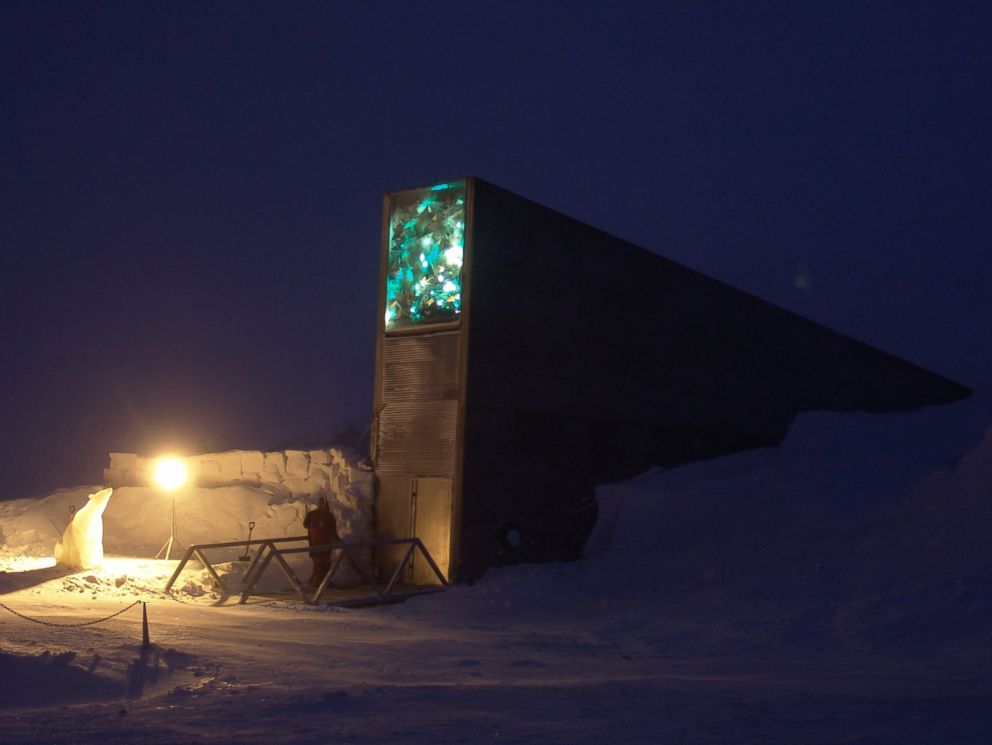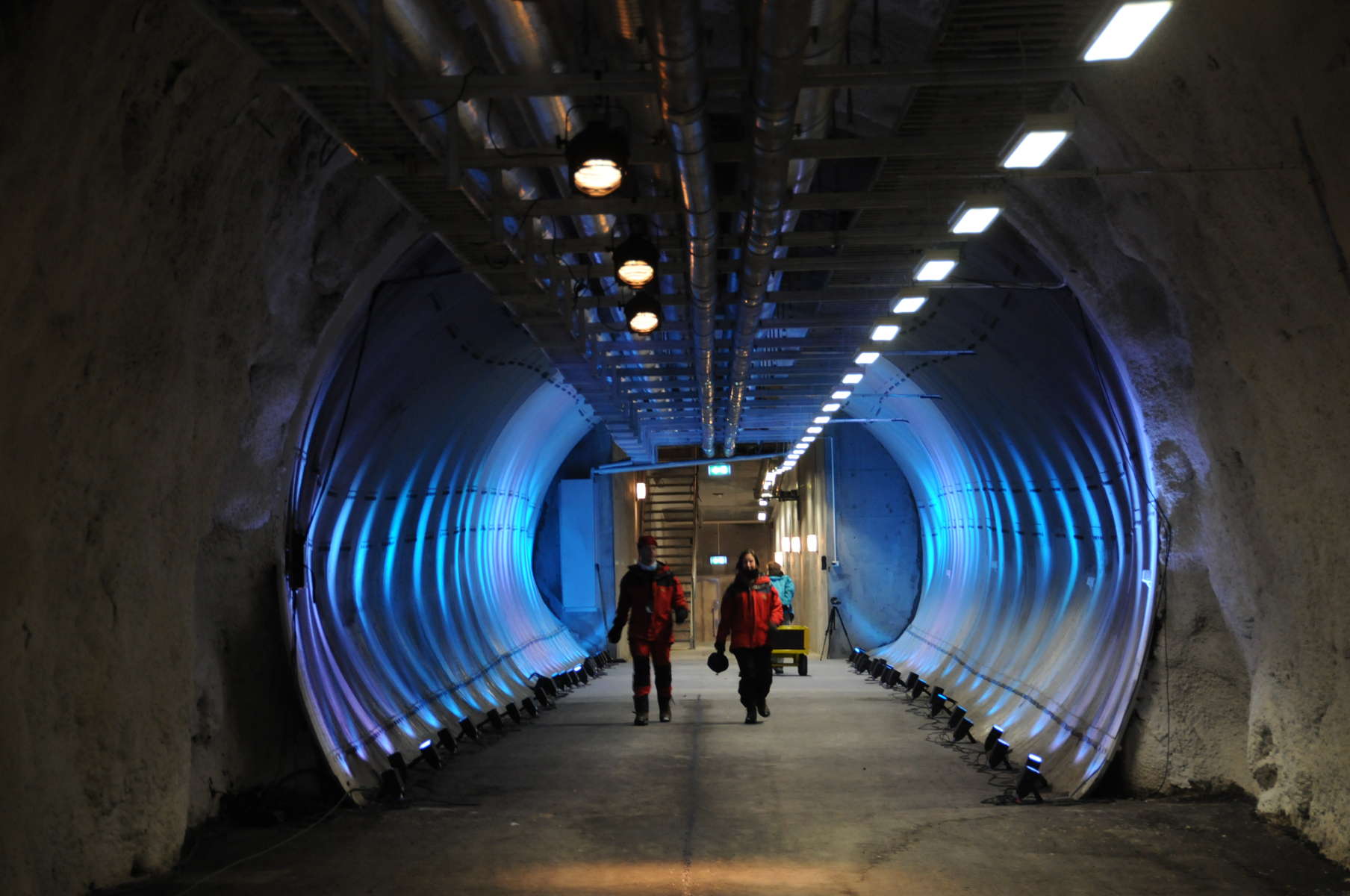
ICARDA re-established its headquarters in Morocco and Lebanon, and restarted the gene bank in 2015 using seeds from the Svalbard vault-the first-ever withdrawal there. But as the fighting intensified, they were forced to leave behind their gene bank, one of the world’s most valuable collections of seeds, containing some of the oldest varieties of wheat and barley. The organization evacuated its international staff in 2012, but some Syrian researchers stayed behind to rescue equipment and even animals. The International Center for Agricultural Research in the Dry Areas (ICARDA) is a global agricultural-research organization that had been based in Syria but was forced to flee its headquarters, just outside of Aleppo, because of the civil war. The black boxes there look like all the others in the vault, but they have had a long journey. It also works in tandem with those gene banks when their material is lost or destroyed.Īt the end of one of the long rows of seeds inside the vault, a large and symbolic gap has only just been refilled. The goal is to find and house a copy of every unique seed that exists in the global gene banks soon the vault will make room for its millionth variety. Construction was funded by the Norwegian government, which operates the vault in partnership with the Crop Trust. The idea was conceived in the 1980s by Cary Fowler, a former executive director of the Crop Trust, but only started to become reality after an International Seed Treaty negotiated by the U.N. The Svalbard vault was opened in 2008, effectively as a backup storage unit for all those hundreds of thousands of varieties. This global network collects, preserves and shares seeds to further agricultural research and develop new varieties. There are as many as 1,700 versions of the vault, called gene banks, all over the world. Not only what we eat, but what we wear, nature all about us.” “Seeds generally are the basis for everything. It is almost as important as water and air,” says Haga. “Not too many think about crop diversity as being so fundamentally important, but it is. This is particularly important with the challenges of climate change. One of the 200,000 varieties of rice within the vault could have the trait needed to adapt rice to higher temperatures, for example, or to find resistance to a new pest or disease. But the genetic diversity contained in the vault could provide the DNA traits needed to develop new strains for whatever challenges the world or a particular region will face in the future. And many don’t exist outside of the seed collections they came from. The seeds lying in the deep freeze of the vault include wild and old varieties, many of which are not in general use anymore. This monoculture nature of agriculture leaves food supplies more susceptible to threats such as diseases and drought. has lost over 90% of its fruit and vegetable varieties since the 1900s. Only 10% of the rice varieties that China used in the 1950s are still used today, for example. But while crop yields have increased, biodiversity has decreased to the point that now only about 30 crops provide 95% of human food-energy needs. Over the past 50 years, agricultural practices have changed dramatically, with technological advances allowing large-scale crop production. They have very little monetary value, but the boxes potentially hold the keys to the future of global food security. In here, the seeds are stored in vacuum-packed silver packets and test tubes in large boxes that are neatly stacked on floor-to-ceiling shelves.

There are three vaults leading off from the chamber, but only one is currently in use, and its door is covered in a thick layer of ice, hinting at the subzero temperatures inside. At the end of this corridor is a chamber, an added layer of security to protect the vaults containing the seeds.

Through one door is a wide concrete tunnel illuminated by strip lighting leading 430 ft. The entrance leads to a small tunnel-like room filled with the loud whirring noise of electricity and cooling systems required to keep the temperature within the vault consistent. Its only neighbor is a similar repository buried away from the dangers of the world: the Arctic World Archive, which aims to preserve data for the world’s governments and private institutions, opened deep in a nearby mine on March 27. It is situated in a safe place,” says Bente Naeverdal, a property manager who oversees the day-to-day operation of the vault.

“It is away from the places on earth where you have war and terror, everything maybe you are afraid of in other places.

It was precisely for its remoteness that Svalbard was chosen as the location of the vault. Near the entrance to the facility, a rectangular wedge of concrete that juts out starkly against the snowy landscape, the doomsday nickname seems eerily apt.


 0 kommentar(er)
0 kommentar(er)
